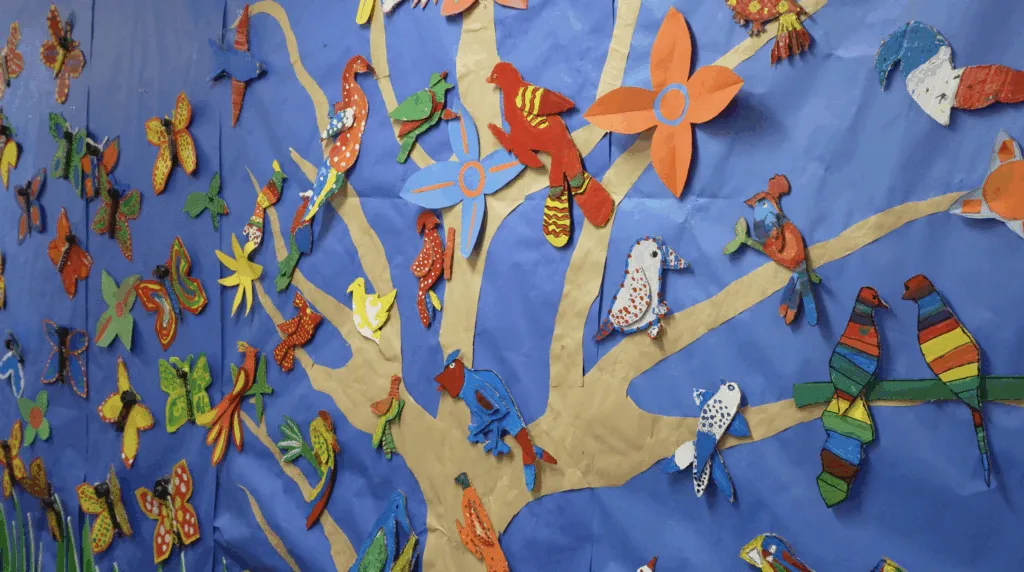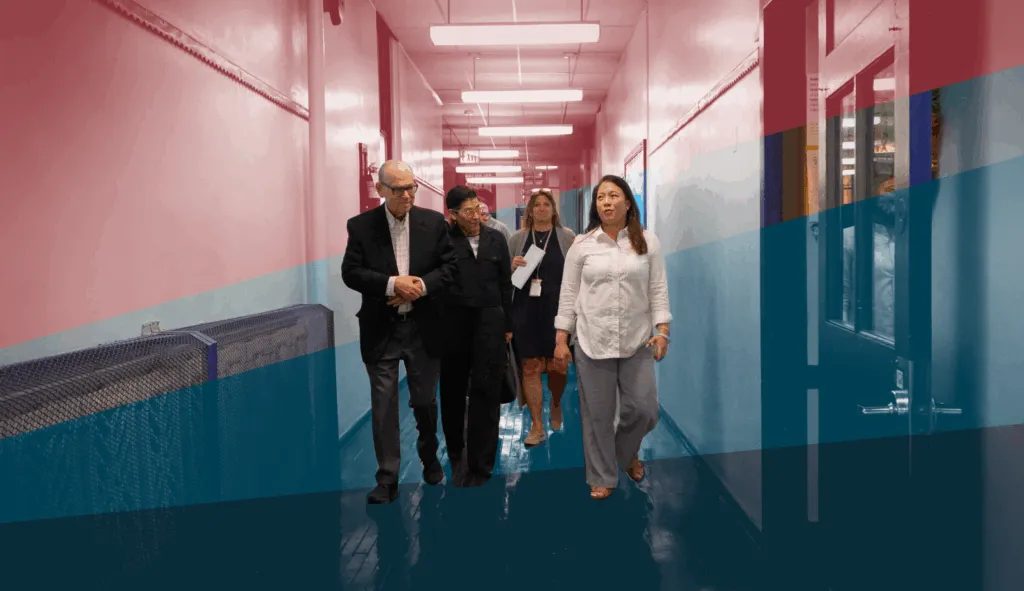
Building Brilliance: Pauline Cheung’s Vision for Whole-Child Learning at Francis Scott Key
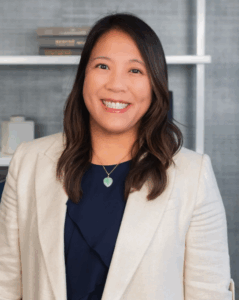 At Francis Scott Key School in South Philadelphia, Principal Pauline Cheung (2019 Neubauer Fellow, Cohort 5) is leading with a vision rooted in equity, creativity, and joy. Tucked in the heart of South Philadelphia, Francis Scott Key School is a vibrant community that has achieved significant academic growth amid a large multilingual population and facilities challenges posed by the over 125-year-old building. Under Dr. Cheung’s leadership, Key has become a model for how arts, music, and digital literacy can transform not just academic instruction, but the entire student experience.
At Francis Scott Key School in South Philadelphia, Principal Pauline Cheung (2019 Neubauer Fellow, Cohort 5) is leading with a vision rooted in equity, creativity, and joy. Tucked in the heart of South Philadelphia, Francis Scott Key School is a vibrant community that has achieved significant academic growth amid a large multilingual population and facilities challenges posed by the over 125-year-old building. Under Dr. Cheung’s leadership, Key has become a model for how arts, music, and digital literacy can transform not just academic instruction, but the entire student experience.
Dr. Cheung has made it her mission to prioritize programs that are often considered “extras” in public education. At Key, these programs are anything but. “Music, art, and digital literacy classes offer so much to our students and families: opportunities they might not otherwise have access to,” she says. From a piano lab supported by the Lang Lang Foundation to a culturally responsive art curriculum and a full-time digital literacy program, Dr. Cheung has built a school where students learn to think, create, and collaborate in ways that support their academic growth. “I truly believe these programs support students’ academic growth by giving them a creative outlet and helping them build critical thinking skills that are valuable both in and beyond the classroom.” Since Dr. Cheung’s arrival at Key in winter 2016, the school has seen meaningful academic gains, with ELA and Math scores increasing over the past 3 years by 9.4% and 19%, respectively. In addition, survey indicators on Key’s school climate, family engagement, school leadership, DEI, and instructional environment have not only increased, but outperformed, comparative schools. Key’s growth is also reflected in classroom leadership; teacher attendance increased by 13% between 2022-23 to 2023-24.
For Cheung, the arts are about more than just academics. “When we talk about student joy and creating a well-rounded environment, we have to ask: what does that really look like?” she reflects. “Of course, academics and instruction are always going to be non-negotiables; that’s the foundation of any school. But what else makes a school truly meaningful?” Her answer is clear: joy, identity, and belonging. “We have to find ways to tap into each student’s brilliance, joy, and genius,” she says. “You could have ten kids in a room, and they might find joy in ten completely different things! So, the question becomes: how can I offer as many of those opportunities as possible, to the best of my ability?”
Dr. Cheung’s deep understanding of the power of the arts comes from her own childhood. “I wasn’t an academically gifted student. In fact, I struggled a lot in core subjects, which was difficult,” she shares. “But what brought me the most joy in school was music. I had an incredible music teacher in elementary school, and that experience led me to join the choir. I still remember some of the songs we sang because they were what really connected me to school.” Art, too, was a refuge. “I have vivid memories of struggling to fit in during middle school. At the time, I was one of only four Asian students in a predominantly white school. I experienced bullying and felt isolated, especially during lunch. The art room, with Ms. Elder, became a safe space. She would let me spend lunch periods there, and that helped ease the anxiety I felt. It gave me a sense of belonging when I didn’t feel like I had one elsewhere.”
Those experiences now inform her leadership. “I’ve had to ask myself: Do I hire another classroom teacher to reduce class sizes? Do I bring on an assistant principal to help manage the school? Or do I invest in a full-time art teacher. These are the kinds of decisions school leaders face every year during budget planning, and they’re not easy,” she says. “But what helped me decide was seeing the joy, engagement, and growth in students when they participate in these classes.”
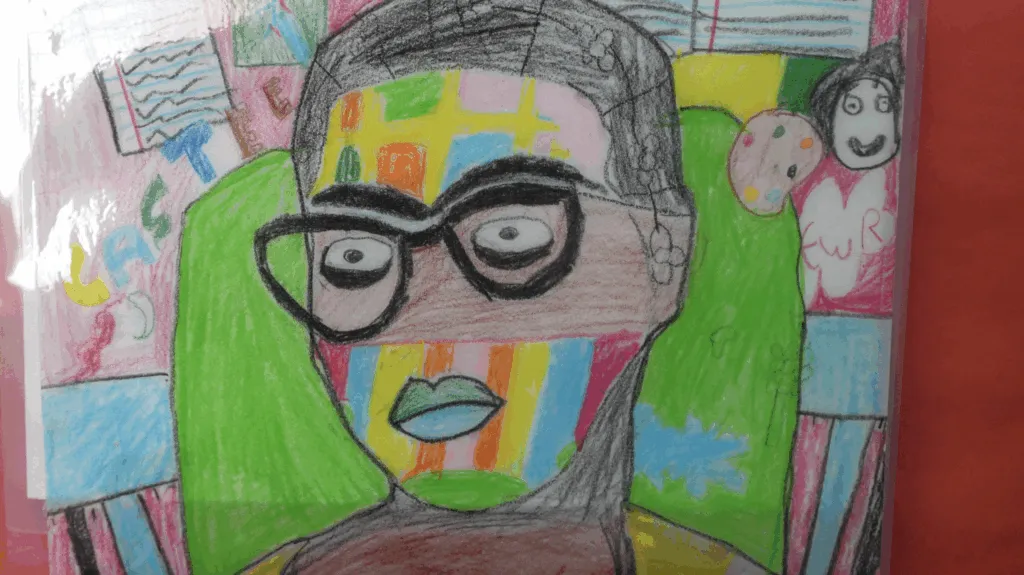
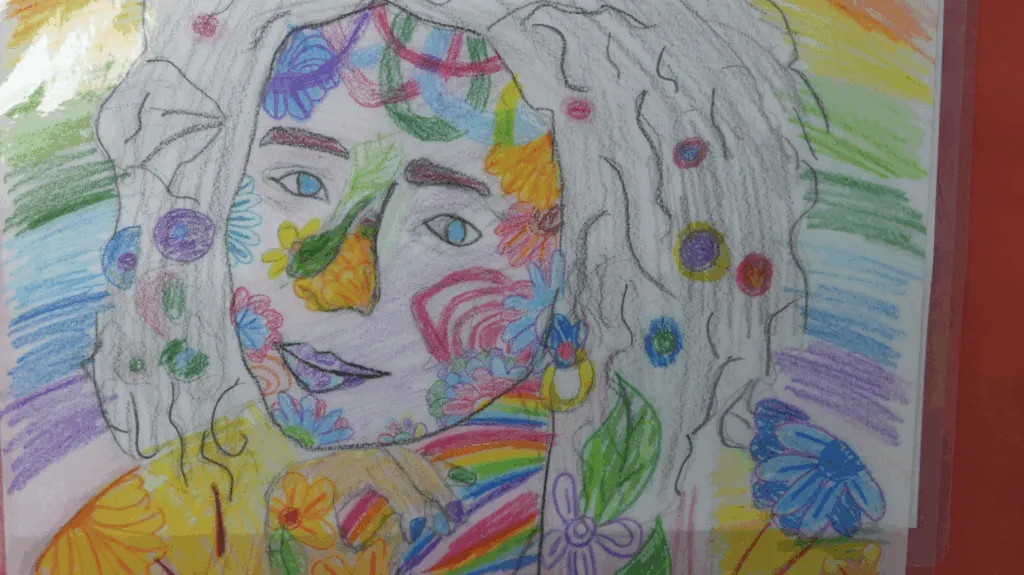
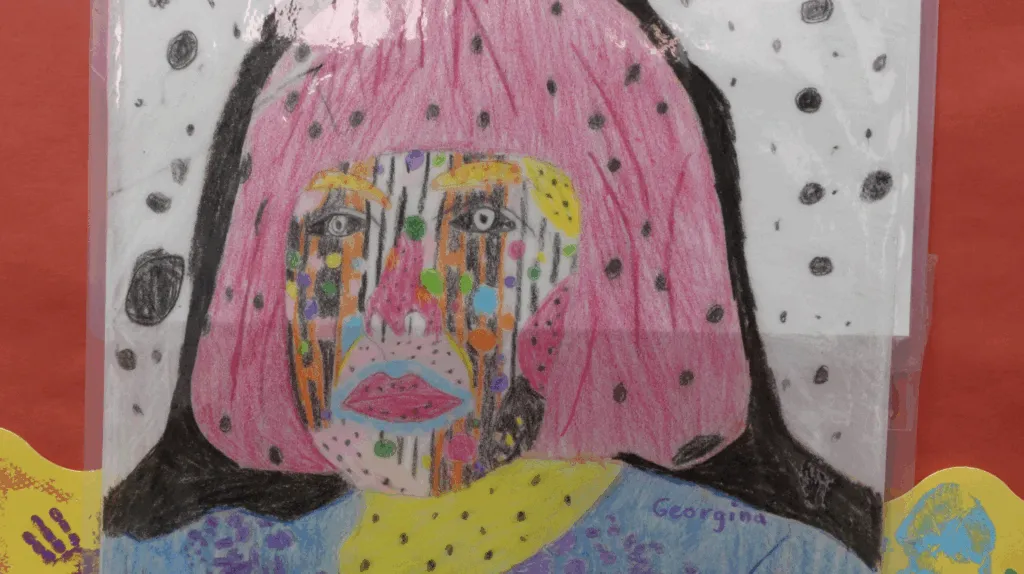
Her ability to make those decisions with clarity and confidence was sharpened through the Neubauer Fellowship. “The Fellowship helped sharpen my focus and gave me tools to advocate for what I believe students truly need,” she says. “It gave me the opportunity to engage with other colleagues—not just to hear what they were doing, but also to take time to sit, learn, and reflect on my own leadership.” One of the most powerful lessons she took from the Fellowship was about vision. “Communicating a vision isn’t just about what you say, it’s about what you do. It’s about who you choose to partner with, who you invite into your school community, and which programs you choose to grow and sustain.”
That clarity has allowed Dr. Cheung to build a school that prepares students for life beyond Key. “Key is just one moment in their educational journey,” she says. “We’ve had students go on to Carver, GAMP, SLA, and other competitive schools. And when you start peeling back the layers, you often find that their interest or passion was sparked by something they connected with during their elementary years.”
Now a Senior Fellow, Dr. Cheung continues to grow through ‘Leading for Results,’ PASL’s new year-long professional learning experience that connects veteran Fellows across cohorts. “More than ever, I need this dedicated time to keep moving my school forward, to continue inspiring myself and my staff, and to help us all feel rejuvenated as leaders,” she says. “It also gives me reassurance. When I connect with other experienced principals, it affirms that the direction I’m taking—my mission and vision—is the right one.”
For Dr. Cheung, leadership is about more than just making change; it’s about making it last. “I’m big on sustainability,” she says. “I don’t want to implement something that brings quick gains for a year or two and then disappears when I leave. I’m thinking long-term. I want to build something that lasts—something the next leader can pick up and carry forward. That’s the kind of legacy I’m working toward.”
